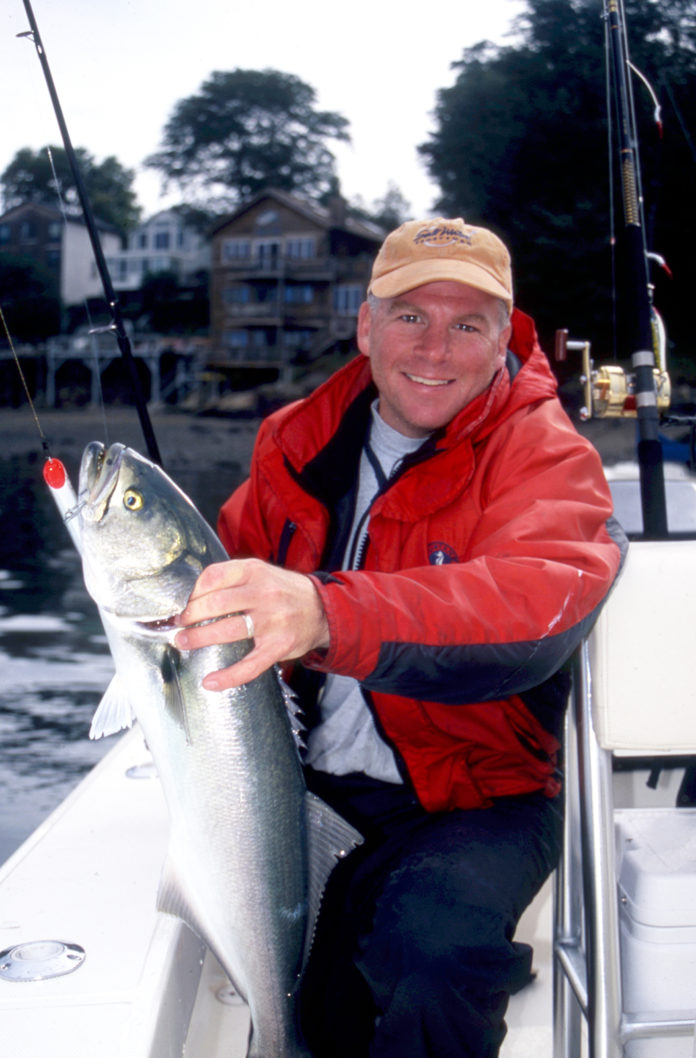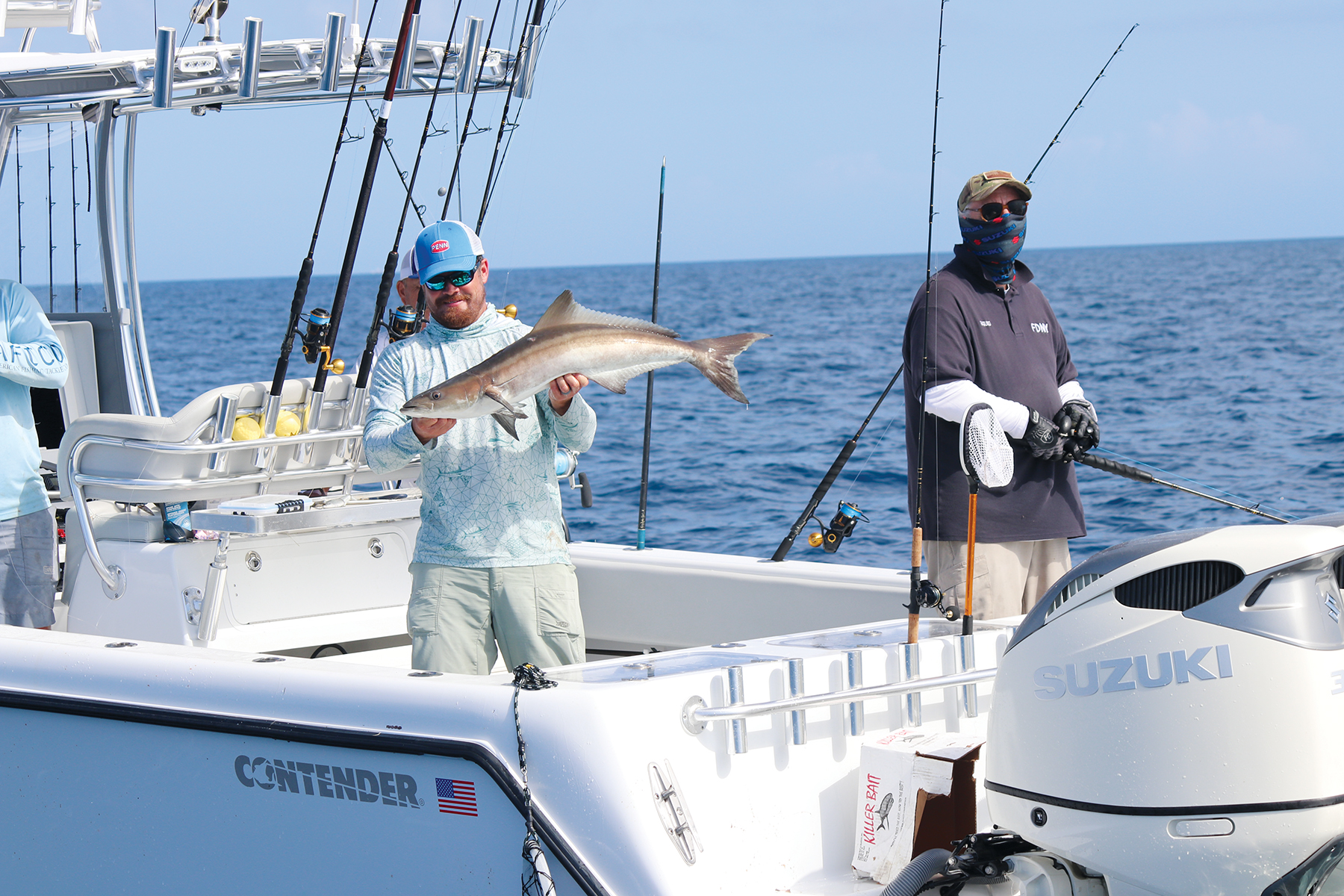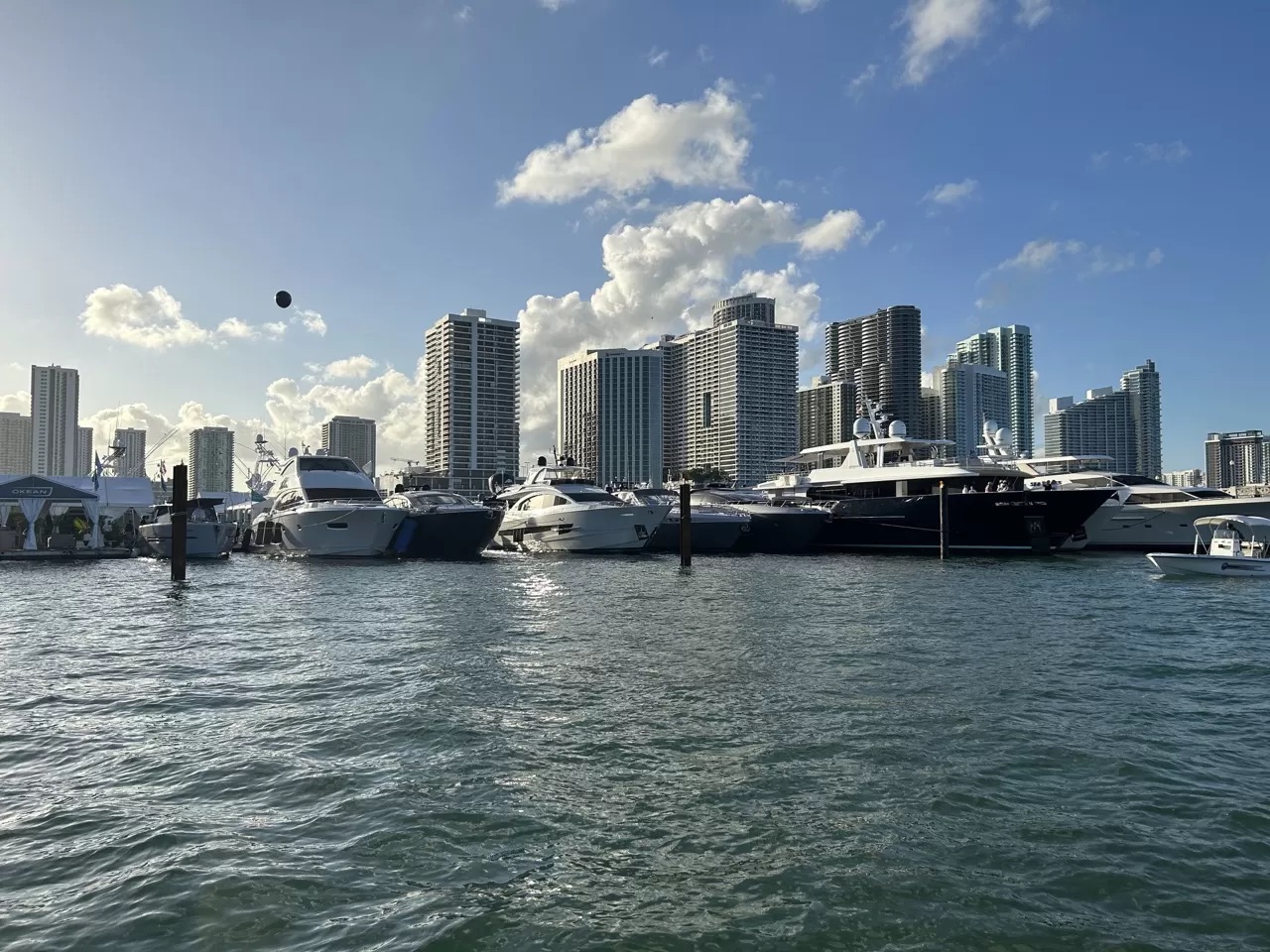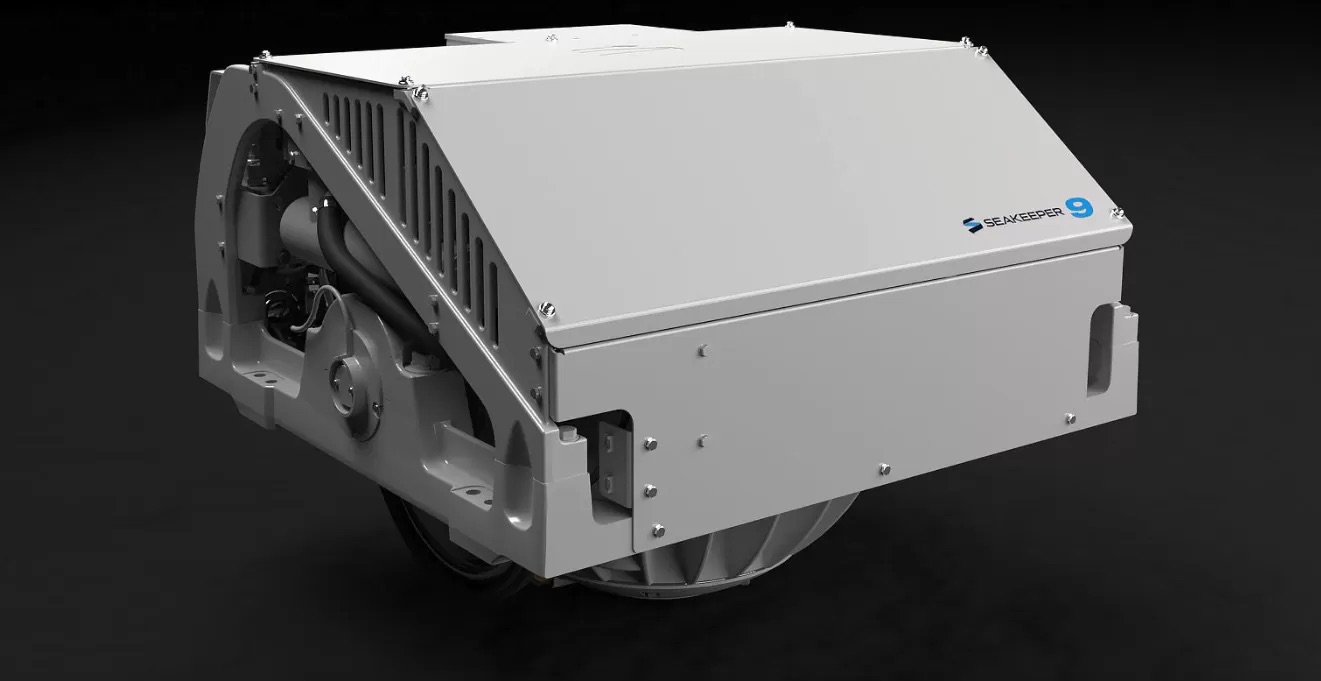Center console anglers can squeeze the most out of each gallon of fuel by keeping weight down, the boat trimmed properly, and planning fishing trips for peak efficiency.
By Barry Gibson
Fuel prices at marinas and gas stations are down significantly from the painfully high levels of five or six years ago, so there’s less stress when it comes to filling up your boat’s fuel tank. However, you can make each gallon go as far as possible by making a few simple adjustments to your boat, engine, and fishing trips.
The top fuel thief is unnecessary weight, and one of the most common offenders is the amount of fuel that’s carried. My 28-foot center console has a fuel capacity of 150 gallons, but I rarely fill up. I can pretty well estimate how many gallons I’ll burn in any given fishing trip, normally 25 to 35 gallons, so I usually fill to no more than the 100-gallon mark. What’s the point in hauling around an extra 300 pounds? Carrying unneeded fuel is just plain inefficient. Same goes for your boat’s fresh water tank, by the way.
Shed Those Unwanted Pounds!
You can shed those “unwanted pounds” in other ways, too. Do you really need to carry four flats of spring water, a case of oil, and two extra anchors on every trip? Do you need to lug around all your cleaning supplies? Does weird Cousin Dexter need to come along? Probably not. Remove everything you don’t really need for a single trip and store it in a dock box or in the garage. Dexter would rather stay home on the couch and play video games anyway.
Another thing you can do is empty your live well when it’s not needed. I have a 30-gallon well in the stern, and we often catch a bunch of mackerel or herring at the start of the trip, then head to the fishing grounds. I need a full well to keep the bait frisky during the fishing day, but don’t need to lug 240 pounds of seawater home with me, which equates to the weight of an additional football-player-sized person on board. We normally release any remaining baits and drain the well dry before the run back to the dock.
There’s another “weight problem” your boat may have that you might not realize. Ever pick up a gallon of antifouling paint? Heavy, isn’t it? That’s because it’s loaded with biocides such as copper, as well as dense “binders” and other materials that help it do its job. After the initial bottom coating, I’ll only paint from the boot top down to the chine for the next five years, even longer. If you dutifully paint your boat’s complete bottom every year, you can potentially add 100 or more fuel-stealing pounds of paint.
People who look at the bottom of my boat when it’s out of the water are always amazed when I tell them I haven’t painted it in six or seven years. Then they’ll ask “What paint do you use?” So I tell them. Water-based Pettit Hydrocoat, $169 a gallon. Best bottom paint I’ve ever found for saltwater.
Right Prop, Right Spot
You need to run the right prop. This is vitally important for peak efficiency. Your prop should allow your engine to turn up to the stated rpm range that will deliver the maximum horsepower for which your engine is rated. If, for instance, your 150 hp four-stroke outboard delivers its rated horsepower between 5,000 and 6,000 rpm, then you want it to be able to turn up in that range. If it will only turn 4,500 rpm at full throttle, you have an issue, and it’s most likely that the propeller has too much pitch and/or blade diameter for the application. Check with the engine manufacturer and/or a dealer, and provide them with the basic specifications of your boat (length, bottom type, weight, etc.). Usually they can plug the info into a computer and tell you what the correct prop size should be. Even an inch of pitch can sometimes make a huge difference.
Most marine engines have a narrow rpm range at cruise speed, or “sweet spot,” that’s the most fuel-efficient. This is where your gallons-per-hour (gph) gauge comes into play. Most large outboard motors and I/Os now include this function in the instruments that come with the engine or purchase an aftermarket flow meter. Play your gph against your speed (via your GPS) and engine trim angle until you find the rpm or range that gives you the greatest distance per gallon of fuel.
Lookin’ Trim
That brings us to trim. Your boat is designed to run most efficiently at a certain attitude (bow height), and proper trim, which is usually when the boat is riding level port-to-starboard. You can easily correct the boat’s attitude with the engine’s power tilt switch, but unless you have trim tabs, you may need to rearrange passengers in order to “trim” the boat so it rides level. If folks are sitting on one side or the other and the boat is only riding on one-half of its bottom, you are losing efficiency. There’s no substitute for moving people and gear around until the boat rides properly, without help from the tabs, even if you have them.
Finally, create a game plan for your fishing trips. Spend a little time developing a course that will allow you to burn the least amount of fuel on any given day. Figure tides, time of day, “bite windows,” and so forth, and then create a route to your string of honey-holes and back that will eliminate fuel-robbing side runs and backtracking.
Put all this together and you might save enough money on gas this season to buy a few new rods and reels.






